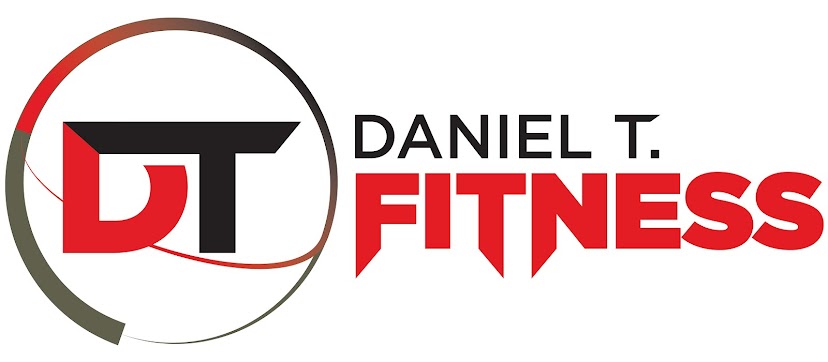
Within my Optimum Performance Training Model, I discussed the progression accompanied with this type of programming, which places each client within the appropriate phase of training based of their current fitness level and capabilities. A great benefit to consistently progressing your training is that it places further demands on the body, allows for adaptation , and more efficient fitness gains, while lowering the risk of injury. Each phase concentrates on specific adaptations that are important for the body, and to maintaining proper functionality and movement patterns. I had previously discussed phase 1 of the OPT model, Stabilization Endurance Training. This level is most important in improving muscular endurance, postural alignment, joint stability, flexibility, and muscular coordination. These characteristics are so vital to the human body, for lowering the injury rate, and preparing the body to have the proper functionality to safely train in the higher levels of the OPT Model, which are more physically demanding.
Level 2 , the Strength Level, is the next progression from the Stabilization Level. Within this level there are three phases of training. They are as follows: Strength Endurance, Hypertrophy, and Maximal Strength. Each of these phases within the strength level provide specific adaptations to the human body. Strength training is vital to maintaining stabilization endurance, while increasing prime mover strength. Prime Movers are the muscles that are the main source or initial source of motive power. For example, Barbell Chest Press Exercise. The prime movers of this exercise would be the Pectoral Muscles of the chest. These muscles must primarily contract to push the weight vertically. Strength training is most appropriate for increased muscle composition , and aids in decreasing body fat composition. It is also within this level of training that clients can engage in more advanced strength phases such as hypertrophy( increasing muscle size) and maximal strength ( maximizing prime mover strength through lifting heaving loads.)


Phase 2 begins with Strength Endurance. This is the first phase of training in the strength level. The goals of this phase are to increase the prime mover strength and to enhance stabilization endurance. This is most typically done by the use of
SUPERSETS. A superset is a sequence of two exercises performed one right after the other before resting. In this phase, we will concentrate on a prime mover such as the chest and perform a barbell chest press and immediately superset that with a stabilization exercise of the chest such as ( a stability ball Dumbbell chest press) , which places the body in a more unstable environment , which will enhance postural stabilization and dynamic joint stabilization.
After this phase clients have the option of progressing towards phase 3( Hypertrophy ) if their goal is to increase muscle size. Usually body builders, train mostly in this phase of the strength level, as muscle growth is important towards their goals for competition. However, if you would like to increase your muscle mass, then this phase will be important for you. Further, phase 4 deals with Maximal Strength. This phase, like phase 3, is optional depending on the goals of the client. This phase will enhance maximum prime mover strength by lifting heavy loads.
Here is a goals and strategies list of each phase of training within the Strength Level:
Phase 2: Strength Endurance Training
Goals:
- Improve stabilization endurance and increase prime mover strength
- Improve overall work capacity
- Enhance joint stabilization
- Increase lean body mass
Training Strategies:
- Moderate loads and repetitions ( 8-12)
- Superset; one traditional strength exercise and one stabilization exercise per body part in the resistance training portion of the program
Phase 3: Hypertrophy( Optional Phase, Depending on Client's Goals)
Goal:
- Achieve optimal levels of muscle size
Training Strategies:
- High Volume, moderate to high loads, moderate or low repetitions( 6-12)
Phase 4: Maximal Strength
Goals:
- Increase motor unit recruitment
- Increase frequency of motor unity recruitment
- Improve peak force
Training Strategies:
- High Loads, low repetitions( 1-5), longer rest periods
Once you have reached optimal strength adaptations, I can begin adding in Power exercises into the strength routine through supersets to enhance rate of force production. Stay tuned for my post on Power and training models to increase rate of force production.
Reference: Clark A., C. Lucett, S. Sutton, B. (2012).
NASM Essentials of Personal Fitness Training. Philadelphia, PA. Lippincott Willliams &Wilkins, a Wolters Kluwer business.







